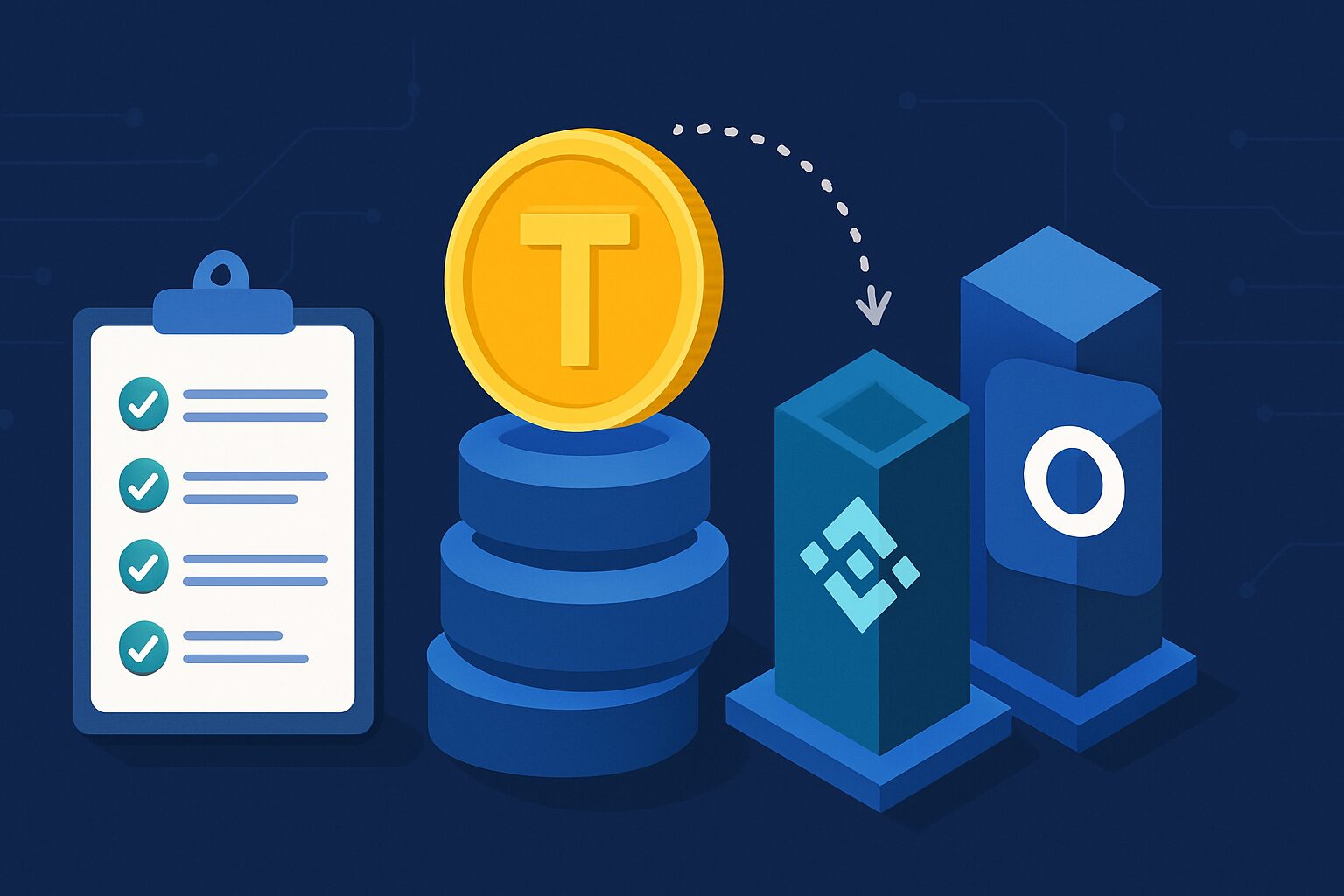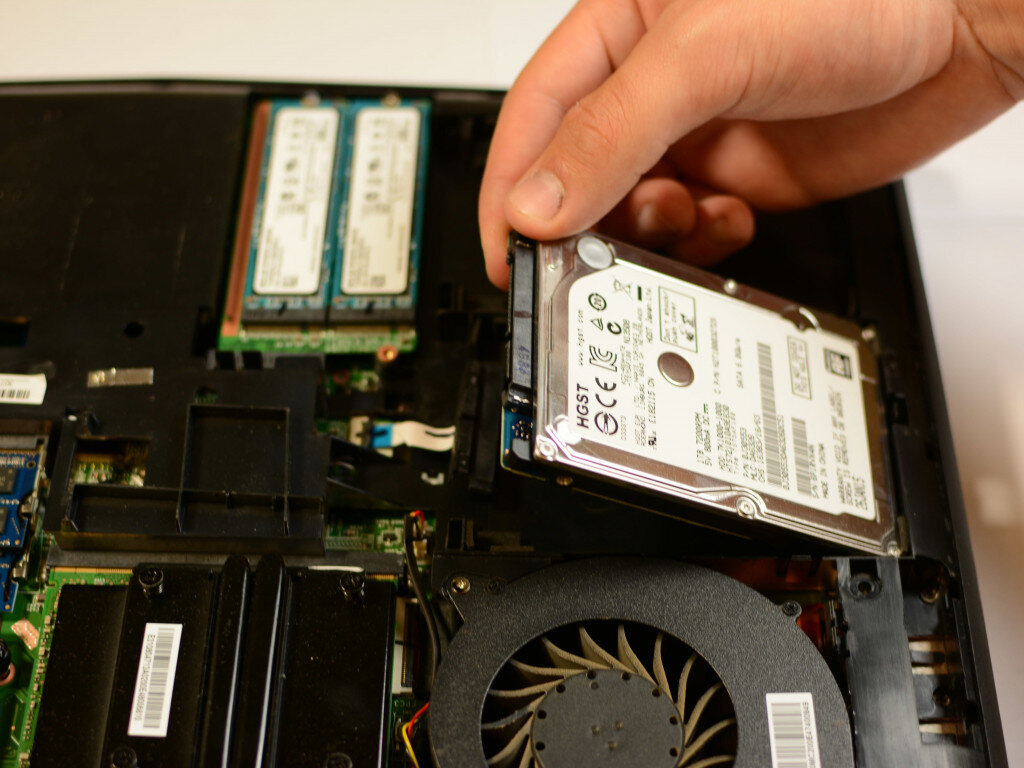In today’s fast-evolving Web3 landscape, building a successful token goes far beyond smart contract coding. The underlying blockchain stack—the infrastructure, development framework, and ecosystem you choose—can make or break the speed, scalability, security, and eventual adoption of your token. From defining the use case to selecting the consensus mechanism, Layer 1 vs. Layer 2, token standards, and interoperability frameworks, the choices made at this stage lay the foundation for your token’s long-term utility and traction. With countless options and stacks available in 2025, it’s vital to approach this decision with a strategic and forward-looking mindset. This guide dives deep into how to choose the right blockchain stack to ensure seamless and future-ready token development.

Understanding What a Blockchain Stack Really Means
Before diving into comparisons and technical setups, it’s important to define what a blockchain stack entails in the context of token development. At its core, a blockchain stack is a layered set of components that enable the creation, execution, and interaction of decentralized applications and assets like tokens. This includes the base blockchain protocol (Layer 1), scalability enhancements (Layer 2 solutions), smart contract platforms, developer tooling, token standards, and integrated APIs for wallets, explorers, bridges, and oracles. Each layer plays a unique role, and the harmony among these components determines how efficiently your token can function within the Web3 ecosystem.
Define Your Token’s Purpose Before Picking the Stack
Your token’s use case must dictate the technology stack—not the other way around. For instance, tokens meant for DeFi protocols require different performance and composability capabilities compared to governance tokens for DAOs or NFT-based reward tokens. If your token is intended for high-frequency transactions, you’ll need a blockchain that supports low-latency and high throughput. If your project aims to enable cross-chain swaps or participate in multi-chain ecosystems, interoperability becomes paramount. Whether it’s for staking, stablecoin deployment, in-game assets, identity tokens, or utility-driven dApps, the intended functionality of the token will narrow down your stack options significantly.
Layer 1 Protocols: Picking the Right Base Chain
The first and most fundamental decision is selecting the Layer 1 blockchain on which your token will live. Ethereum remains the industry standard due to its developer community, liquidity, and EVM compatibility. However, alternatives like Solana, Avalanche, Aptos, Sui, and Polkadot are gaining traction thanks to better performance, novel consensus algorithms, or native scalability features. Ethereum’s transition to proof-of-stake has improved efficiency, but it still faces congestion and gas fee challenges—making newer chains attractive for high-volume projects. Meanwhile, chains like BNB Chain offer centralized ease of deployment and rapid adoption in retail markets. Your decision here impacts transaction cost, speed, security, ecosystem integrations, and access to liquidity pools.
Layer 2 Solutions: Scaling Without Sacrificing Security
Even if you opt for Ethereum as your base chain, building directly on Layer 1 may not be optimal, especially if you expect high throughput. This is where Layer 2 rollups come into play—providing scalability by batching transactions off-chain while still leveraging Ethereum’s security. Optimistic rollups like Arbitrum and Optimism are mature and widely used, while zk-rollups such as zkSync and Scroll offer enhanced speed and privacy with lower latency. For gaming and microtransactions, Layer 2s reduce user friction by minimizing gas fees. Choosing the right Layer 2 depends on your latency tolerance, tooling compatibility, and the kind of user experience you want to deliver.
EVM vs. Non-EVM Chains: Compatibility and Flexibility
Another major consideration is whether you want to build on an Ethereum Virtual Machine (EVM)-compatible chain or go with a custom smart contract platform. EVM compatibility ensures you can use Solidity and tap into a vast library of tools, DeFi protocols, and audit providers. This path accelerates development and ensures easier migration or interoperability with Ethereum-based ecosystems. However, non-EVM chains like Solana or Cosmos SDK offer unique performance benefits and architectural choices, albeit with a steeper learning curve and more fragmented tooling. If your project prioritizes speed, composability, or modularity over compatibility, venturing into non-EVM territory may be advantageous—if you have the dev resources to support it.
Consensus Mechanisms and Their Trade-Offs
The consensus mechanism of your chosen chain directly affects its security, decentralization, and energy consumption. Proof-of-stake (PoS) has become the standard for most modern chains, balancing energy efficiency with network participation. Delegated proof-of-stake (DPoS) and proof-of-authority (PoA) are faster but less decentralized. Some chains implement novel hybrid models or use DAG-based architectures for asynchronous consensus. For high-value tokens or governance-based economies, prioritizing a secure and battle-tested mechanism is crucial. On the other hand, for niche, high-speed applications like gaming tokens, a more centralized yet faster option might deliver better user experience. Understanding how consensus impacts finality and fraud risk is essential to this decision.
Smart Contract Frameworks and Token Standards
The language and framework you use to develop smart contracts play a big role in your project’s efficiency and security. For EVM chains, Solidity is the most common choice, supported by frameworks like Hardhat, Foundry, and Truffle. For Rust-based chains like Solana or Near, developers must rely on native toolkits that are powerful but more complex. Your choice of token standard—such as ERC-20 for fungible tokens, ERC-721 for NFTs, or newer standards like ERC-6551 and ERC-1155—must align with your intended functionality and composability. Ensuring you pick frameworks that allow for modular upgrades, gas optimization, and robust testing can save you significant time and risk during audits and mainnet deployment.
Interoperability: The Need for Multi-Chain Thinking
No modern token should be built in isolation. Whether you’re launching on Ethereum, Avalanche, or Cosmos, the ability to interact with other blockchains opens doors to liquidity mining, cross-chain swaps, and wider adoption. Protocols like LayerZero, Axelar, Wormhole, and Chainlink’s CCIP are making cross-chain interoperability more accessible than ever. If your token needs to operate across ecosystems or enable bridging into other chains or rollups, your stack must be interoperable by design. This includes ensuring your token contract adheres to bridge-compatible standards and that you’re integrating oracle services to handle cross-chain data calls securely.
Developer Ecosystem and Community Support
The strength of a blockchain’s developer ecosystem often determines the speed and reliability of your token development process. Chains like Ethereum, Solana, and Polygon boast active communities, frequent SDK updates, and comprehensive documentation. They also come with battle-tested tooling, audit service providers, bug bounty programs, and ongoing support through forums or grants. On the other hand, newer chains may offer attractive grants or co-marketing support but might lack mature tooling or community activity. Balancing innovation with reliability requires evaluating the ecosystem’s maturity, available development resources, and how quickly you can find help when things break.
Security, Auditing, and Regulatory Considerations
Security must be baked into every level of your stack—from contract logic and deployment scripts to Layer 1 chain stability and bridge security. Using audited libraries like OpenZeppelin, integrating testing frameworks for automated checks, and undergoing third-party code audits is non-negotiable. Chains with formal verification tools and audit partners should be prioritized if your token handles large user balances or DAO governance. Regulatory factors also impact stack choice. Some chains are more compliant-friendly and integrate better with KYC/AML providers. If your token is aimed at regulated markets or tokenized assets, make sure your stack can support permissioned architecture or token gating features.
Cost, Sustainability, and Long-Term Maintenance
The financial and operational cost of building on a particular stack can vary dramatically. Chains with higher transaction fees may slow user adoption or require complicated meta-transaction systems. Others may offer low fees but compromise decentralization. You also need to consider the sustainability of the tech—will the chain still be around in five years? Are the devs actively updating it? Is governance decentralized or controlled by a few entities? Pick a stack that not only supports your launch but also scales with your growth, offers long-term updates, and doesn’t introduce hidden dependencies or third-party risks.
Finalizing the Stack: Testing Before Committing
Before fully committing to a blockchain stack, it’s critical to build a prototype or deploy to testnets. Simulating token interactions, user flows, cross-chain actions, and gas costs in a test environment provides valuable insights into the real-world feasibility of your choices. It also allows you to benchmark performance, identify bottlenecks, and optimize your architecture before a full-scale mainnet launch. The decision of where and how to build your token should come from evidence-based testing—not just hype or marketing promises.
Conclusion:
Choosing the right blockchain stack for your token is more than a technical choice—it’s a strategic business decision that determines your scalability, adoption curve, developer velocity, and future integrations. A well-selected stack ensures your token is not only secure and performant but also future-ready and interoperable. In a crowded Web3 space where innovation and competition are constant, those who align their token infrastructure with both user needs and technical resilience will gain the upper hand. By anchoring your development to a strong, adaptable, and purpose-built stack, you pave the way for seamless token success in 2025 and beyond.


